Air Infiltration Standards
There are several energy standards to choose from. Each one has a different intent. A standard that works for Germany or Minnesota might not be the most appropriate for Miami or the Bahamas.
Consequently, the standards for air infiltration vary dramatically and don't provide good guidance on their own. The three main standards are IECC, Energy Star and Passive House. Passive House is the most strict while the IECC is absurdly lax. Here are the maximum ACH50 rates for the various standards.
- IECC (Georgia code) 7
- Energy Star for climate zones 3,4 5
- Energy Star for climate zones 5,6,7 4
- Passive House 0.6
So, Passive House is more than ten times better than current code and about 8 times better than Energy Star requirements.
But how much is good enough? We can do some calculations based on the previous Baseline design to estimate the energy savings. As a spoiler alert, fans of Passive House might want to skip this section.
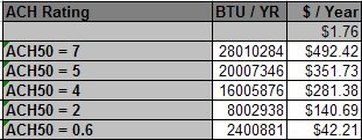
There is, of course, a law of diminishing returns. Cutting from 7 -> 2 (roughly a factor of 3) saves about $350 per year. Further improvement from 2 -> 0.6 (roughly a factor of 3) only saves an additional $98/year.
It would seem that meeting the Passive House air infiltration standard is not a cost effective goal. We can probably find less expensive ways to save another $98 / year on energy.
Going forward, I'll assume a goal of hitting an air tightness of ACH50 = 2. Recalculating the heat load and cost shows that this reduces the annual heating load by about 20M BTU and that air infiltration now accounts for only 12.82% of the heating load.


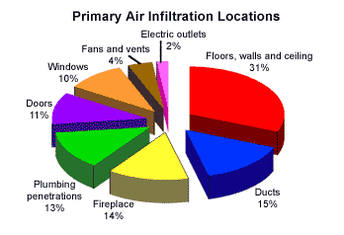

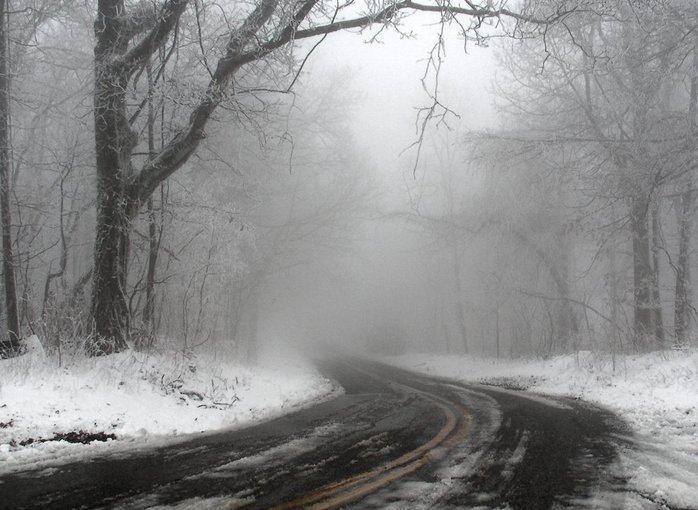


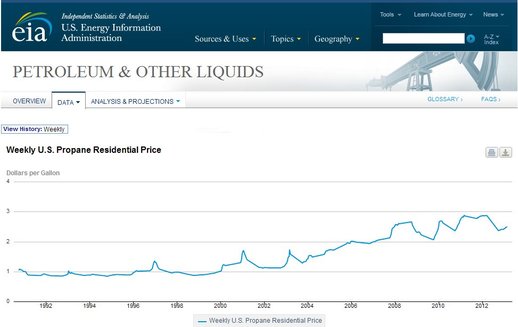
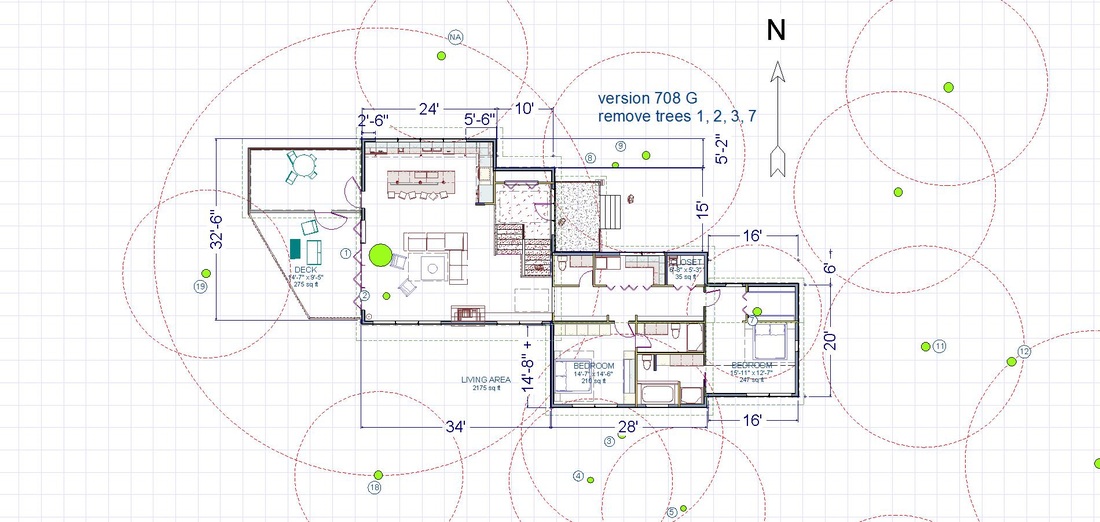
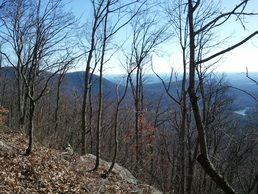
 RSS Feed
RSS Feed